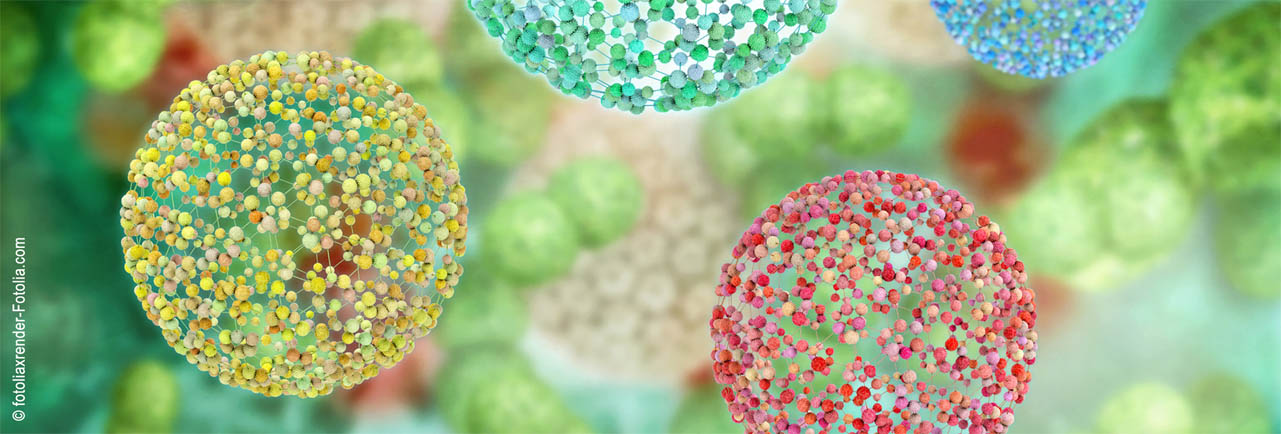Speaker
Description
Mixtures of simple molecules may lead to complex systems with unforeseen properties of particular interest such as reactivity or solubility. This is the case of aqueous solutions of alcohol and oil, typically found in all kinds of liquors, cosmetics or solvents for liquid-liquid extraction.
The archetypical case of this family is the ternary mixture of water, ethanol and octanol. Its phase diagram presents a biphasic region with a critical point (Upper Solution Critical Temperature) close to which a strong nanostructuration of the liquid can be observed. In the biphasic region, this emulsion was termed the Ouzo effect, following the Greek beverage, commonly observed when the 40% alcohol liquor is quickly diluted with water. In the monophasic state, a ‘pre-Ouzo’ region has also been evidenced [1], extending between identified frontiers around the critical point. The structuration is also characterized by a structure factor presenting an Ornstein-Zernike behaviour, indicating the presence of aggregates of the order of 100 molecules similar to a micro-emulsion formed by a ternary water-poor mixture of octanol and ethanol and water, surrounded by a surface excess of ethanol that is immersed in a binary water-ethanol solution saturated with a low quantity of octanol.
In this system, we investigated, using QENS and various isotopic mixtures, the relaxation dynamics of each component along different composition lines crossing the phase diagram. The evolution of the diffusion coefficient is measured over a wave vector ranging from ~0.05 A-1 to 0.6 A-1, bridging the scale from characteristic droplet size to molecular distances, i.e. from collective to individual dynamics.
The recent study of Octanol-ethanol-water ternary using SAXS at ESRF ID02 could be helpful in further understanding the system.
We will show how the dynamics reflect the (nano)structural organisation.

